I have an article in today’s New York Times (front page in the national edition; A10 in the NYC edition) headlined “Botanical Gardens Look For New Lures” and, alternately, “Botanical Gardens Are Turning Away From Flowers.” The first is more accurate, actually, because gardens are mainly adding attractions, not subtracting their focus on flowers and other plants — as far as I can tell. (Sadly, I wasn’t allowed to travel the country for the story.)
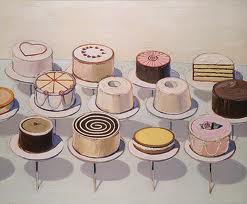 One key quote comes from Mary Pat Matheson, executive director of the Atlanta Botanical Garden: “We’re not just looking for gardeners anymore; We’re looking for people who go to art museums and zoos.”
One key quote comes from Mary Pat Matheson, executive director of the Atlanta Botanical Garden: “We’re not just looking for gardeners anymore; We’re looking for people who go to art museums and zoos.”
To that end, gardens are appealing to visitors’ interests in nature, sustainability, cooking, health, family, the arts, and social goals, both noble (teaching farming to urban teens) and less so (building cocktail lounges for mix-and-minglers). Edible gardens, often with cooking classes, are really hot. (See more examples in the article.)
Nowadays, as Sharilyn Ingram, of Brock University in Canada, says in the kicker: “Most gardens would feel that displaying flowers is necessary, but not sufficient.”
Which brings me to museums: I didn’t comment in the article about my feelings toward this redefinition of gardens’ missions — but I don’t mind it, either.
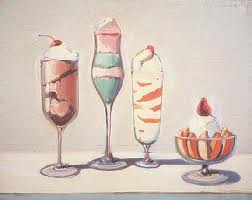 But let’s substitute, and suppose someone said, “Most museums would feel that displaying art is necessary, but not sufficient.” I begin to have troubles.
But let’s substitute, and suppose someone said, “Most museums would feel that displaying art is necessary, but not sufficient.” I begin to have troubles.
I love flowers and plants and nature, but art is different. There’s an apt quote or two about art around here (where I work) somewhere, but I doubt I need to dig them out for readers of Real Clear Arts. You know how art makes you feel; good, let alone great, art creates a visceral, inner emotion.
I’m not disparaging here the many things that accompany the display of art at museums — educational programs, lectures, concerts related to what’s on display, etc. I’m talking about mission creep — adding movies, music, sleepovers, yoga classes, etc. that have tenuous, if any, relation to visual art.
Much as I like food, I don’t want cooking classes in the galleries — even if there are Wayne Thiebaud paintings nearby.

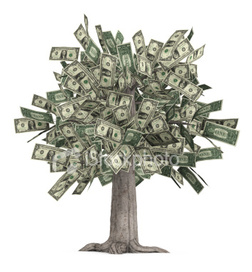
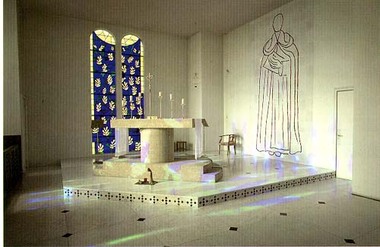
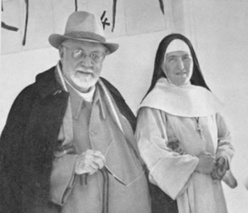
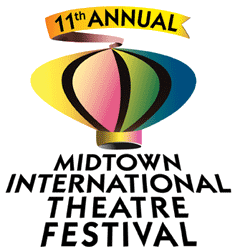 Both plays I saw — out of more than two dozen on offer — showed real promise; they were not perfect, but what is? Most of the acting was polished, too.
Both plays I saw — out of more than two dozen on offer — showed real promise; they were not perfect, but what is? Most of the acting was polished, too. 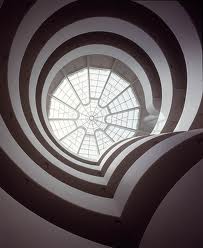 The devil is in the details, though — and a few of them are troubling. Corporations play a big role in this contest, starting with YouTube, which is owned by Google. To name the actual contest for a company is over-the-top, isn’t it?
The devil is in the details, though — and a few of them are troubling. Corporations play a big role in this contest, starting with YouTube, which is owned by Google. To name the actual contest for a company is over-the-top, isn’t it?